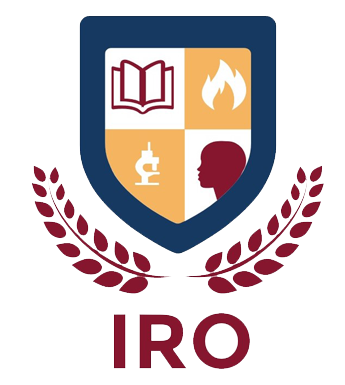Volume - 4 | Issue - 4 | december 2022
DOI
10.36548/jsws.2022.4.005
Published
04 January, 2023
This article discusses about wireless communication technologies such as IEEE 802.15.4, Wireless Sensor Network (WSN), Ultra-High Frequency (UHF) and Near Field Communication (NFC) technologies are described. The part of industry and everyday life could be significantly impacted by Wireless Sensor Networks (WSN). A wireless sensor network (WSN) is a collection of sensor nodes that communicate with one another using wireless technologies. These nodes gather data and send it to the gateway across the Internet, the informal cloud. In a WSN, node-to-node communication may be multi-hop or direct. Every new concept or technology attempts to be integrated into the WSN in order to increase efficiency, improve user experience, and consume less power. Near Field Communications (NFC), a type of wireless networking technology allows to establish simple, secure and interactive communication. iPack is a technology that focuses on integrating NFC into pre-existing systems to create a Wireless Sensor Network (WSN) that supports NFC. Furthermore, data from a sensor node can be transferred to devices with a single touch by using this method. NFC with WSN is a single hop communication. The NFC interface also offers a safe wireless connection.
KeywordsWireless Sensor Network (WSN) Ultra-High Frequency (UHF) Near field communication (NFC) Single touch sensor nodes


